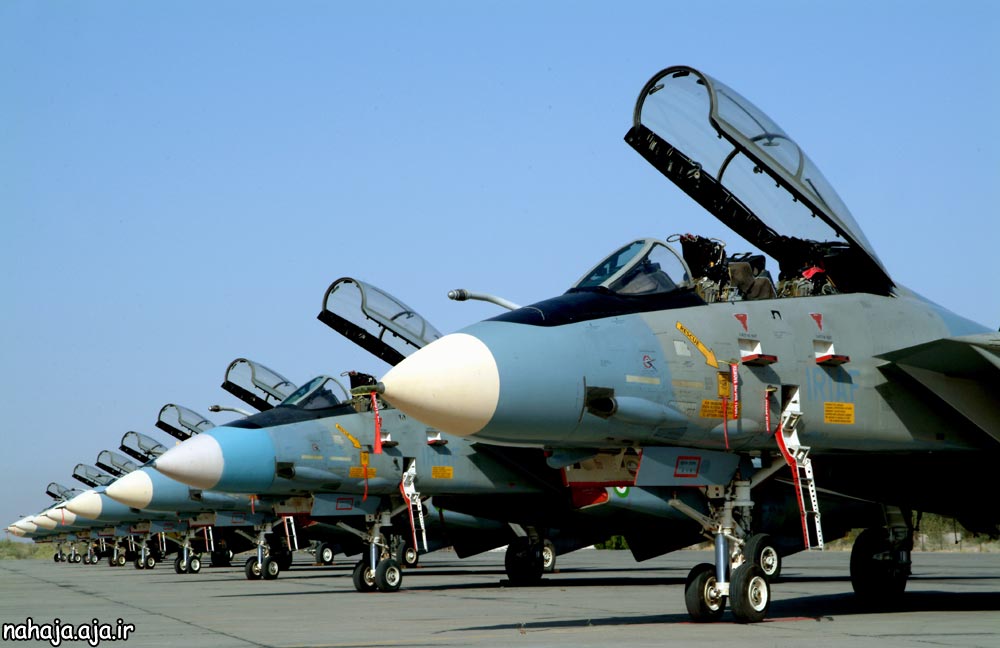Contrary to popular belief, the F-14 engaged in more combat than all other “teen fighters” put together, including the F-15, F-16, and F/A-18
December 2020 marked the 50th anniversary of the Grumman F-14 Tomcat’s inaugural flight or the type’s 50th birthday.
The F-14 was always a hotly debated topic since it was sophisticated, expensive, and offered capabilities that were essentially unheard of in earlier periods despite being partially created for a purpose it never carried out in practice. It was the final example of what you can refer to as a “muscle plane” because, although being the first aircraft to ever have microchips installed, it lacked fly-by-wire and had problematic original engines (and a few other vices). Contrarily, its weapons system handily outperformed anything in use from the 1970s through the 1990s.
It’s obvious that ground crews servicing the type have had (and still have) their own opinions regarding the type. Regardless of whether positively or badly, it’s unlikely that the Tomcat has ever failed to impress anyone.

In fact, the F-14 engaged in more combat than all other “teen fighters” put together, including the F-15, F-16, and F/A-18, did. Alone during the 1980s, it was used by the US Navy off Iran (Iran hostage crisis), Libya (two air combats and dozens of “close calls”), Lebanon and Syria (reconnaissance “only”), Somalia (reconnaissance). During the eight years of intense combat operations during the Iran-Iraq War, it saw its first kill ever (a gun kill against an Iraqi Mi-25 attack helicopter).
The II Persian Gulf War, which took place in 1991, was the final combat in which it participated in its initial role as a “pure” interceptor. Later, it was used by the US Navy in Bosnia (1992-1995), over Kosovo (1999), Afghanistan (2001-2006), and Iraq as a strike aircraft, as well as during the Iran-Azerbaijan standoffs in the 1990s (2003-2006).
We don’t know exactly how many aerial victories different F-14 aircrew have scored over time because we are still comparing all the Iranian claims that are relevant to this. The crews of the Islamic Republic of Iran Air Force (IRIAF) alone are aware of more than 160 claims, and the crews of the US Navy are aware of about half of them. Nevertheless, this does not indicate that all of the claims made by the crews of both services are known or have been thoroughly cross-examined. In the same way, not all F-14 losses have been exhaustively investigated and their causes established.
(You wouldn’t be surprised if, once all the necessary work is done, at some point in the future, it turns out the total is bigger than the sum of the confirmed kills by F-15 and F-16 put together.)
Regrettably, in 2006, the US Navy stopped using its Tomcats. The IRIAF still possesses roughly 60 of these and is maintaining 40 of them in service, demonstrating that Grumman’s final cat has a lot of life remaining in it.
More interesting F-14 stories written by Tom Cooper are featured in Helion & Company’s In the Claws of the Tomcat.

Photo by U.S. Navy and Imperial Iranian Air Force

